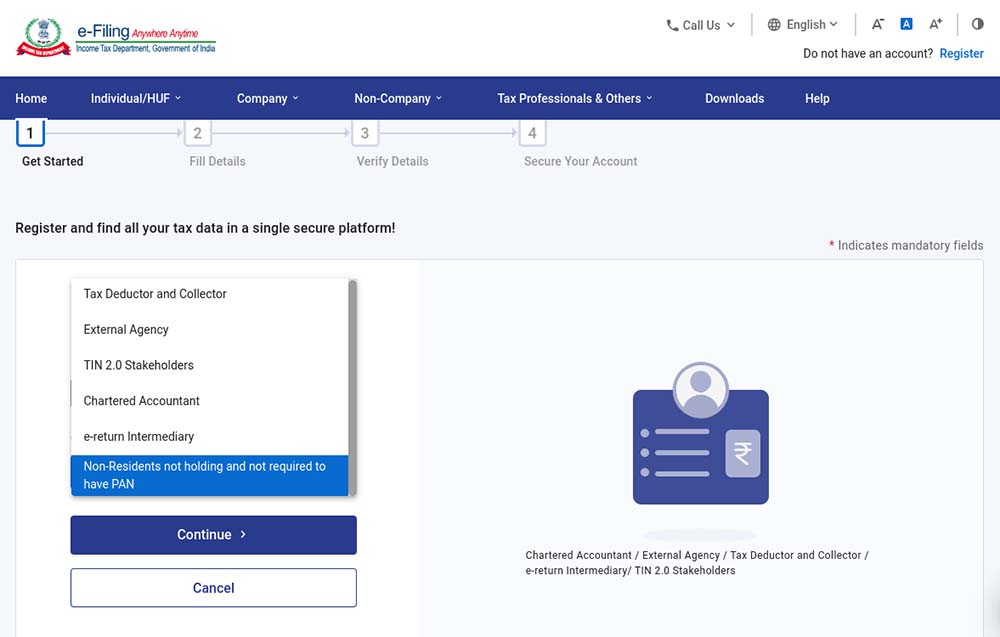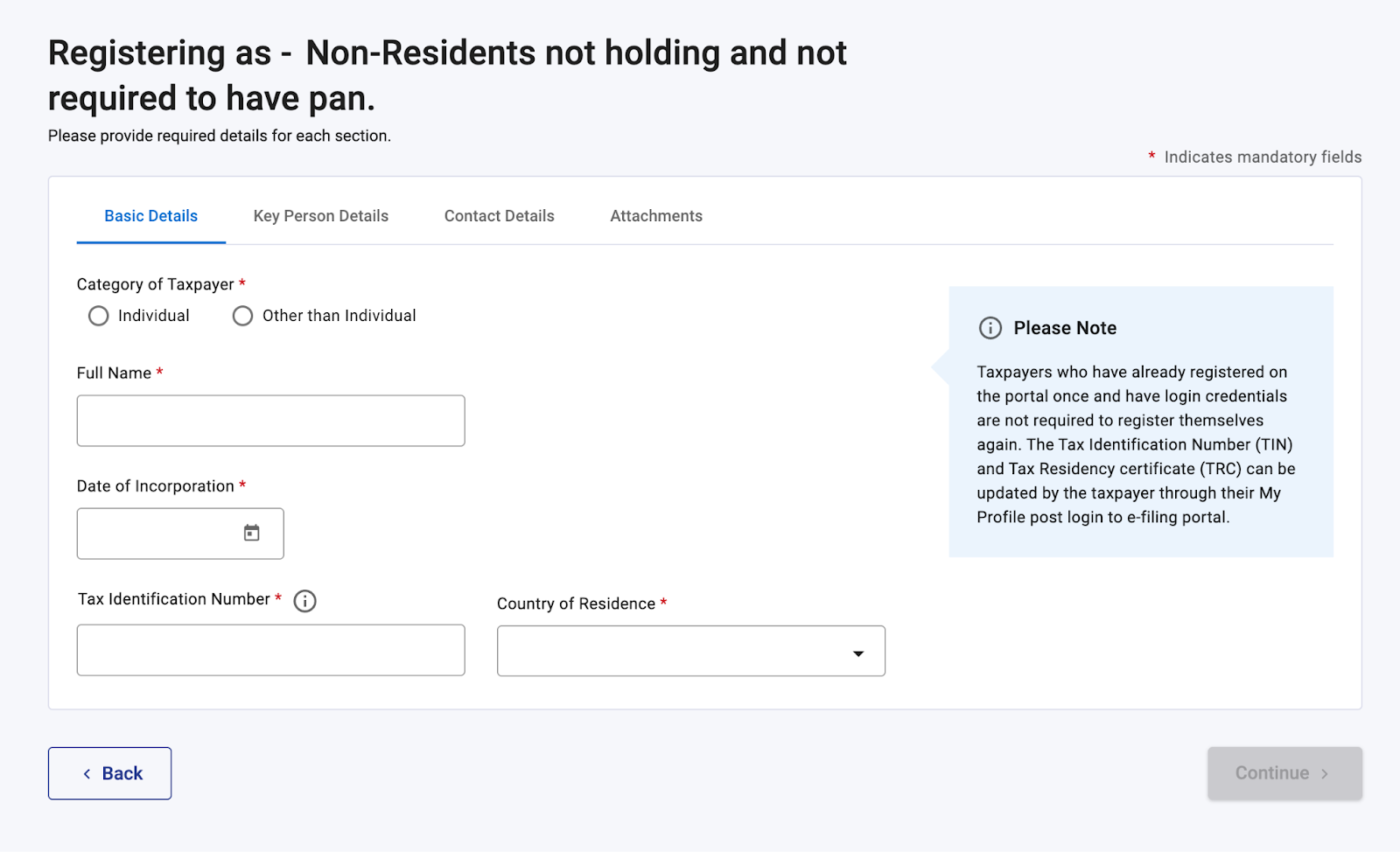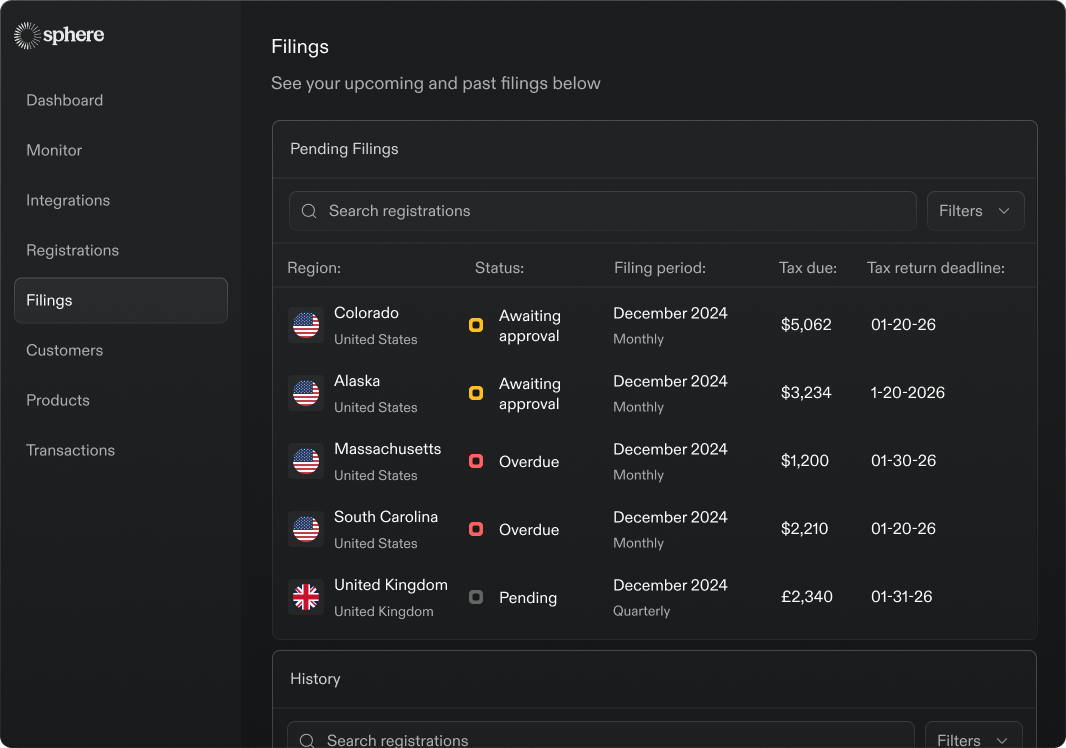If your business operates both in your home country and India, you might be unknowingly overpaying taxes. Form 10F is the key that unlocks significant tax savings for non-resident businesses under international tax treaties.
This mandatory electronic filing could be the difference between paying double taxes and keeping more of your hard-earned revenue. Smart businesses use Form 10F to legally reduce their tax burden—but only if they know how to navigate the process correctly.
What is Form 10F?
If you make income from India but live or operate in the US, you may find yourself paying tax on that income in both countries unless you have the handy Form 10F in your back pocket.
Governed under Indian tax code Section 90/90A, filing Form 10F with the Indian Central Board of Direct Taxes’ (CBDT) eFiling income tax portal allows you to self-declare that your home country has a tax treaty with India and that you should not be double-taxed on your income.
(Not US-based? Check and see if your country has a tax treaty with India here.)
In other words, Form 10F is your key to avoiding paying double taxes on any income you make in India.
Who Needs to File Form 10F?
Both individuals and businesses who make income in India will need to file form 10F if they want to take advantage of India’s Double Taxation Avoidance Agreement (DTAA). This includes Non-Resident Indians (NRIs), foreign companies, partnerships, trusts, and other business entities based outside India with eligibility under this agreement.
The DTAA most commonly applies to direct income, such as sales from a business, but may also apply to an individual’s income from a job or contract, interest payments, royalties, fees for technical services, dividends, and capital gains.
However, businesses or individuals with a Permanent Establishment (PE) in India are disqualified from claiming DTAA benefits through Form 10F. A PE typically includes having a fixed place of business, dependent agents, or significant business presence in India. If you have a PE, you'll be subject to regular Indian tax rates without treaty relief, making proper classification crucial for international businesses operating in India.
What You Need to File Form 10F
Form 10F can be filed online. Before starting the process, gather the necessary documentation. This includes:
- Tax Residency Certificate (TRC) - certificate from your home country declaring your residential status and that you are a tax payer there. Your home country must have a tax treaty with India for you to qualify. In the US, you need to request this from the IRS by submitting Form 8802 which you can find more info on here. Note that processing times to get a tax residency certificate can be months.
- Non-PE declaration (for companies and consultants to declare you are not a permanent establishment in India) - this is simply a letter on company letterhead which is provided to certify that you do not have a permanent establishment (PE) in India.
- Tax Identification Number (TIN)
- Country of residence and foreign address
- Period of tax residency and nature of income (i.e. business, royalties, etc.)
- PAN Number (if available) – This is your Indian Permanent Account Number (PAN). If you don’t have a PAN number, you’ll be able to use your TIN from your country of residence
How to File Form 10F Online
Step-by-Step Filing Process
- Step 1: Register on India’s eFiling portal as a “non-resident”


- Step 2: Locate Form 10F under “File Income Tax Forms”
- Step 3: Enter required info: country, TIN, duration of Tax Residency Certificate (TRC), and taxpayer details
- Step 4: Attach your TRC and, optionally, your “Non PE (Permanent Establishment)” declaration
- Step 5: Follow the instructions to verify your information and hit “Submit”
Tips to Avoid Common Errors
If your paperwork is in order, filling out form 10F is fairly simple. However, a few common issues can derail your application process.
- Ensure your TRC and form details match exactly
- Use the correct section (90 or 90A) based on your country’s tax treaty with India
- File before you begin receiving income in India to avoid having taxes deducted from your Indian income automatically
Timing: When Should You File Form 10F?
In many cases, taxes are automatically withheld by the Indian customer you sell to. To prevent that and claim your tax treaty benefits, file Form 10F before you first receive any income from your customer.
And note that Form 10F is not a blanket certificate. It must be filed annually, and if you make more than one type of income in the country (i.e. business income and dividends), you must file a Form 10F for each income type.
What Happens if You Don’t File Form 10F?
The main issue with failing to file a Form 10F is losing access to your benefits under the Double Taxation Avoidance Agreement (DTAA) and paying taxes that you don’t owe on your Indian income.
<div class="disclaimer">E.g. say that you sell a US$100k contract to an Indian company. They will withhold ~20% of the value of the contract (to pay the Indian Government), meaning that you only receive $80k for the contract. Further, since you’ll also owe taxes on your income to your home country, meaning you end up being taxed twice. </div>
Additionally, Indian taxing authorities don’t accept ignorance as an excuse. Failing to pay Indian income tax without a Form 10F filing could earn you treatment as an “assessee in default” under Indian law and subject your business to fines and penalties.
Why Form 10F Matters Under DTAA Rules
When you hear that the US has a “tax treaty” with another country, that generally means that the two countries have an agreement that income earned by a resident of one of those countries is not taxed twice.
The applicable law here is Section 90/90A of India’s Income Tax Act. Section 90 allows two countries to avoid double taxation (i.e., India and the US), while Section 90A applies to two entities, such as businesses or associations
Rule 21AB of the same Income Tax Act mandates that Form 10F is required in order to comply with Section 90/90A.
When in compliance, a non-resident taxpayer, individual or business, has proven their tax residency in another country and India will not require tax withheld from Indian income.
Future Outlook – Automating Form 10F with Sphere
.png)
India’s taxing authority is rapidly embracing digitization. While this increases efficiency, it also creates new challenges for tax departments attempting to navigate India’s notoriously complex tax system.
Sphere already automates indirect sales tax compliance, including registration and filing. And now Sphere is expanding its AI-powered tax compliance platform to include automated Form 10F filing capabilities, launching in Q4 2025. Sphere will automatically prepare and submit Form 10F applications while ensuring all supporting documentation, like your Tax Residency Certificates (TRC) fulfill Indian tax compliance requirements.
Let Sphere handle the complexities of the Indian income tax system so you can get back to doing what you do best, growing your business.
Filing Form 10F is Critical for Global Compliance
Form 10F ensures non-residents can do business in India without facing the specter of double taxation. Preparing and complying upfront by filing a Form 10F avoids paying unnecessary tax and tangling with the Indian income tax department over refunds.








.png)
.png)






